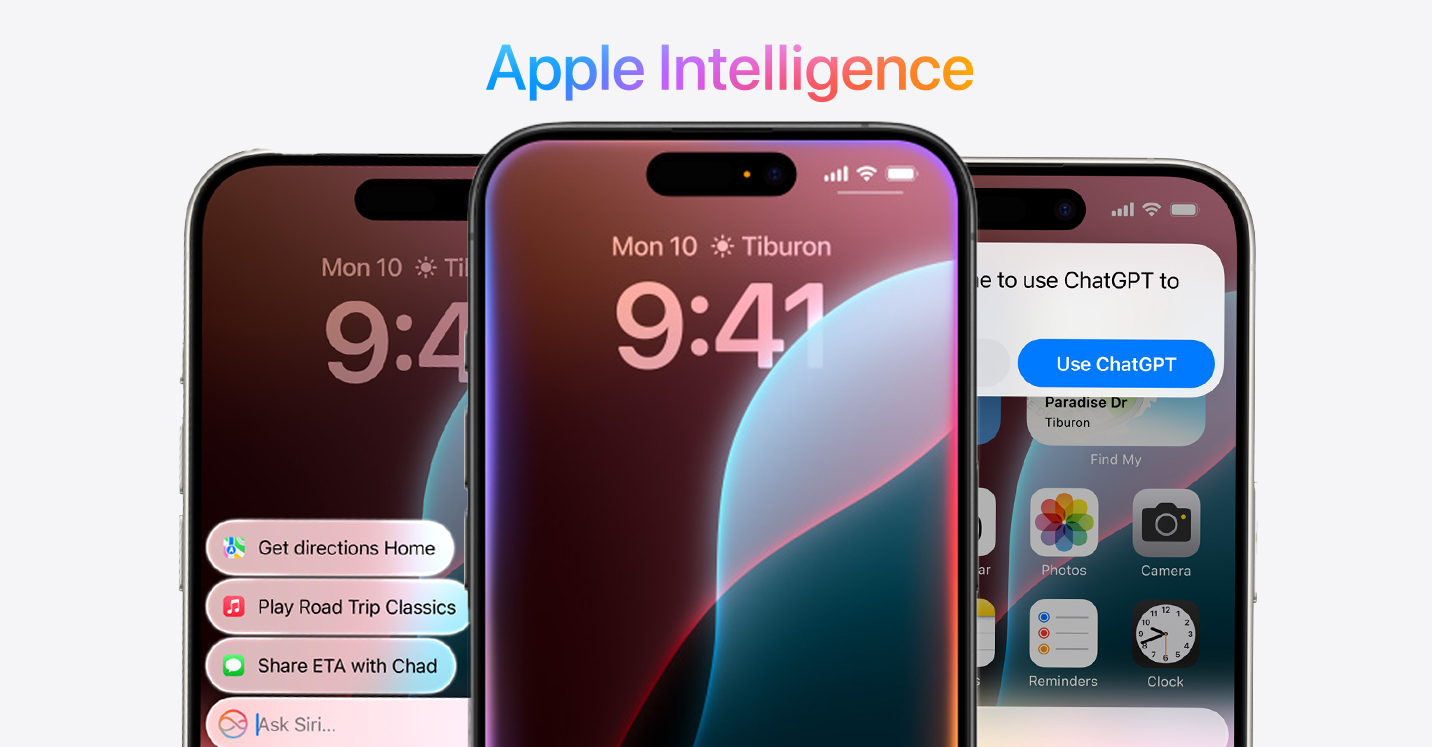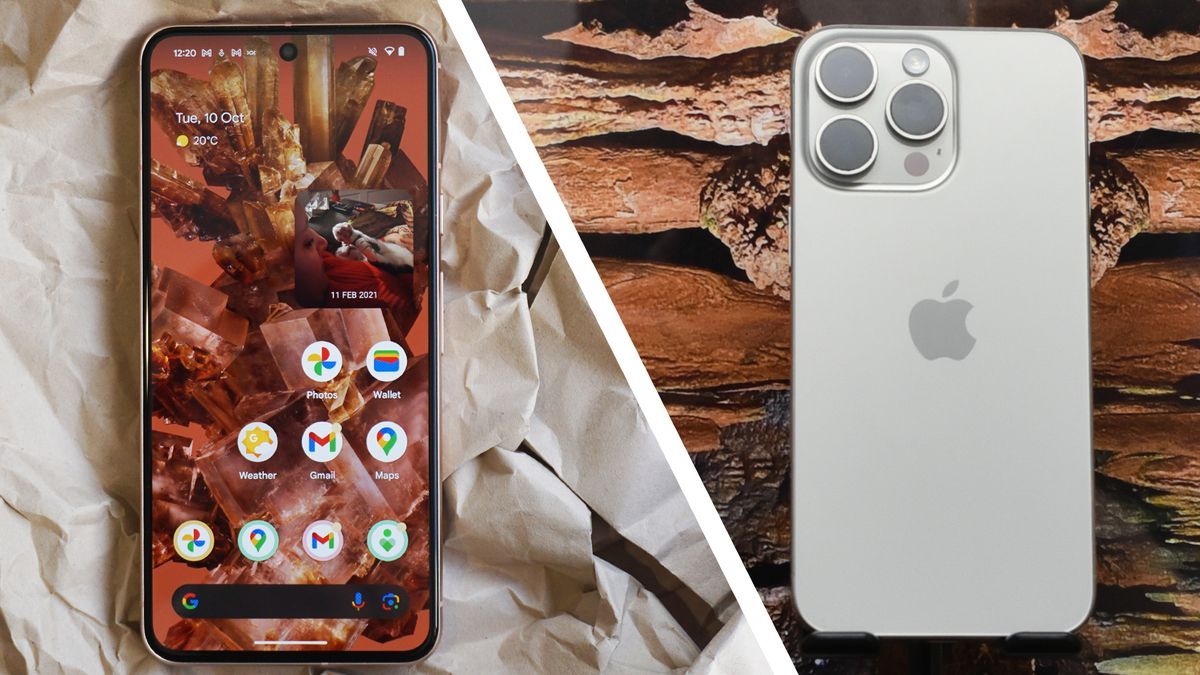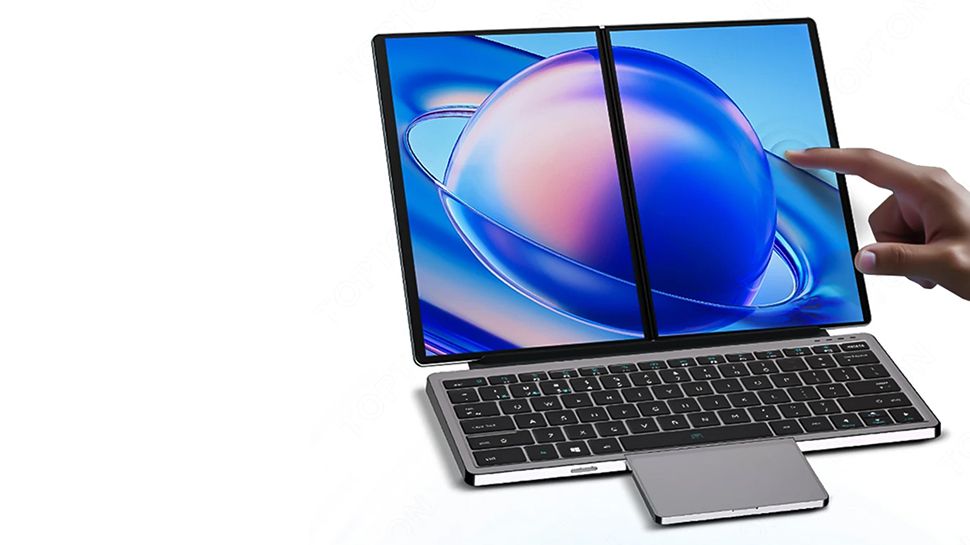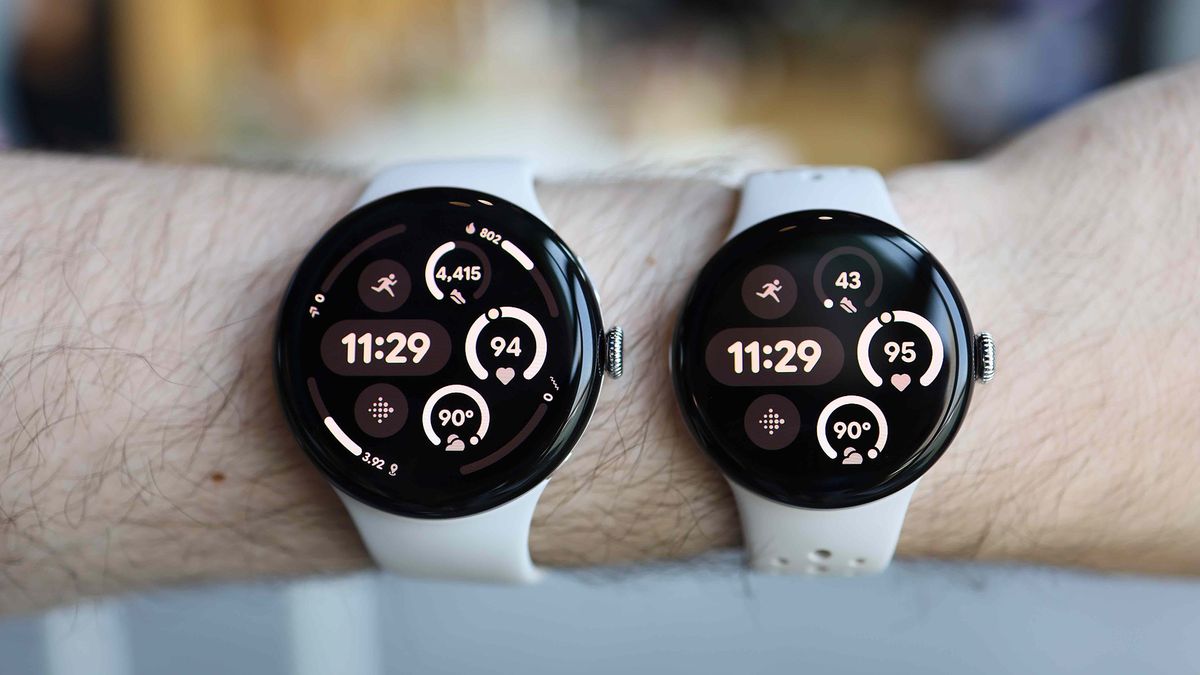The sheer ferocity of the Android vs. iPhone debate makes it seem like no one is switching sides. But according to a new report, that's far from the case: In fact, a surprisingly high percentage of new iPhone owners last month were people who had abandoned Android.
According to new data from CIRP (Consumer Intelligence Research Partners), a whopping 17% of iPhone buyers in the US were from Android as of June 2024. As the report states, that was “the highest level of switching from Android to iOS among iPhone buyers” in “recent quarters.”
While this may seem like a proud moment for Apple fans, it may not be as positive for the iPhone as it seems. As CIRP points out, this high percentage of people switching to Android is a reflection of the difficulty Apple has in convincing current iPhone owners to upgrade.
An independent report this month found that the iPhone 15 series isn’t selling as well as the previous iPhone series. In Q2 2024, iPhone 15 models accounted for just 67% of total iPhone sales (compared to 79% for the iPhone 14 series in the equivalent quarter in 2023).
This also reflects which models Android defectors are choosing. Instead of the iPhone 15, Android switchers primarily chose the iPhone 14 and iPhone 14 Plus, followed by the iPhone 13 and iPhone SE.
This isn't too surprising when you consider the reasons Android fans switch to iPhones: In the survey, 53% said it was due to “previous issues with the phone,” while 15% said it was due to cost (in other words, they might spend less on a new iPhone than they expected, or less than they would on a comparable Android phone).
It seems that older iPhones are the flagship product for many Android and iPhone users, even though the iPhone Pro Max is now the most popular smartphone in the world…
What's wrong with the iPhone 15?

Last year, Apple worked hard to broaden the appeal of the base iPhone 15 — as our iPhone 15 review notes, “For the first time in a long time, Apple's most affordable new iPhone doesn't feel too far removed from the flagship model.”
For buyers, though, it also doesn’t feel like it’s far enough ahead of the iPhone 14 to justify the price. Last month, 15% of new iPhones sold were iPhone 14 models, with the new iPhone 15 just ahead at 19% (and the 15 Plus just behind at a measly 8%). The iPhone 15 Pro Max was the most popular individual model at 22% of iPhone sales, but it still outsold the iPhone 14 and 13 series combined (28% of the pie).
Apple’s June announcement of Intelligence could leave the iPhone 15 series even further behind. Apple’s AI features are only supported on the iPhone 15 Pro and Pro Max, so if you don’t care about AI, you’re better off sticking with an iPhone 14 or older model, as many Android defectors do. But if you want a future-proof Apple phone, you should probably wait for the iPhone 16 right now.
It’s clear that AI and Apple Intelligence are now the key features of upgrades for Apple and Samsung. But, with so few tangible benefits of AI at present, current flagship phones are in a tough spot, and many are opting for the value of previous flagship phones, which arrived before smartphone technology reached its current level.
As the CIRP report notes, “these older phones cost less and have less advanced features, and are especially appealing to legacy Android owners.” But that’s also a sign of the iPhone 15’s relatively weak appeal, as “the consistency and urgency of iPhone owners upgrading their device is apparently at a low point.”









